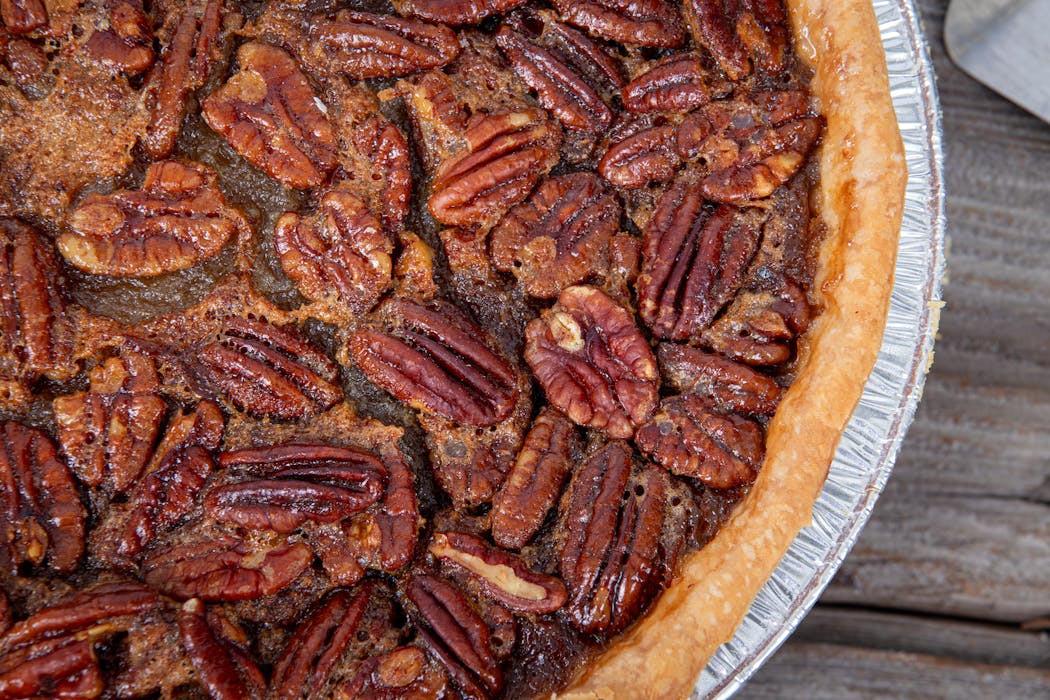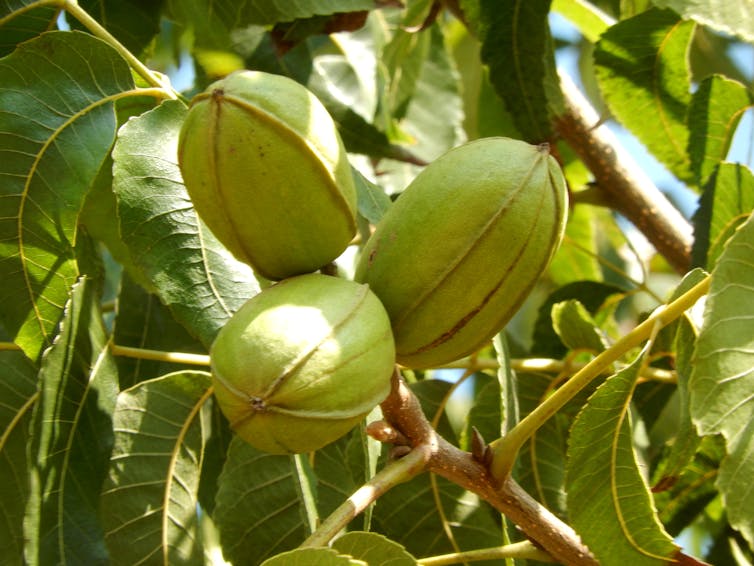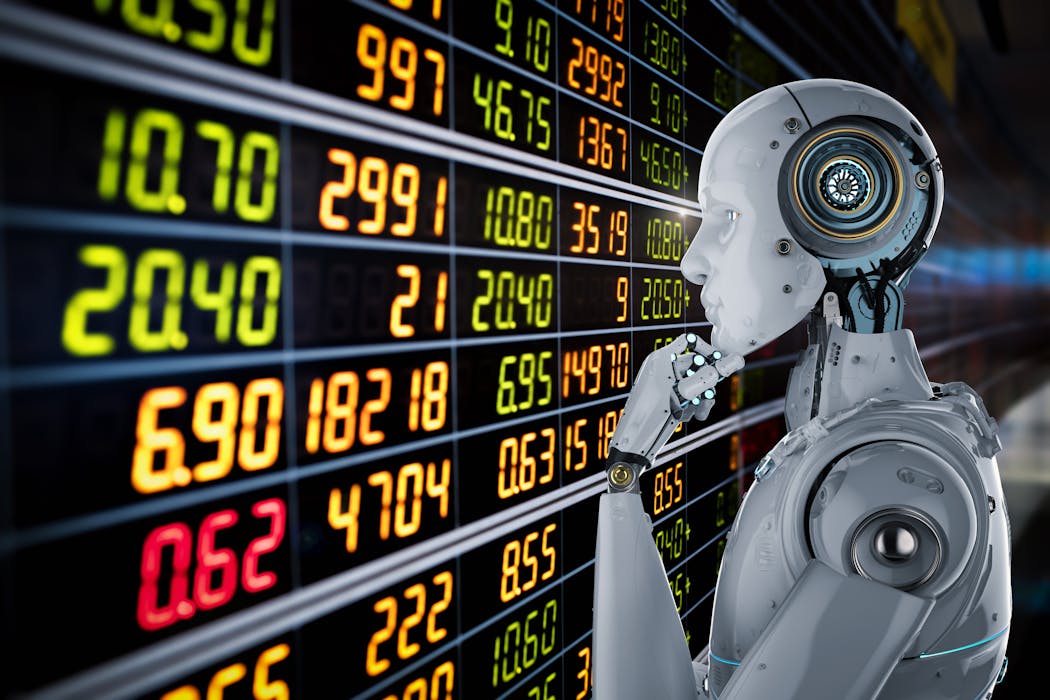Source: The Conversation – UK – By Julian Woolford, Head of Musical Theatre, GSA, University of Surrey
The Wicked Witch of the West is back in part two of the film adaptation, of Wicked. Part one recounted the musical’s first half and with an interval of a year, audiences can now find out what happened to Elphaba (Cynthia Erivo) after she learned to fly and set off on a mission to save the animals of Oz from the Wizard’s (Jeff Goldblum) vilification
The Legally Blonde light-heartedness of Shiz University is in the past and the second part, Wicked: For Good, has moved into more sinister political territory. This story emphasises the Wizard’s oppression of the animals as he makes them second-class citizens. It also charts the slow rise of fascism in Oz.
Elphaba is now mounting a one-woman rebellion against the Wizard and, slowly, raises the consciousness of her frenemy Glinda and Fiyero, Captain of the Guard and Glinda’s betrothed.
Ariana Grande’s Glinda has a considerably clearer arc in this movie than onstage. The live musical focuses on Elphaba’s journey and Glinda makes abrupt hand-break turns of realisation. In the film, however, Grande captures her slow disillusionment with the politics of Oz while growing to understand that she still benefits from it.
Grande’s performance is helped by The Girl in the Bubble, one of the two new songs added to the stage score. In this song Glinda chooses her side in the conflict. Grande’s revelatory performance proves her as an actress of considerable depth and remarkable subtlety.
The other new song, There’s No Place Like Home is Elphaba’s rallying call to the animals to stay and fight for Oz. It has less dramatic impetus but emphasises her reasons for fighting the Wizard when all of Oz is bowing to his will. It could be read as an anthem for refugees and the dispossessed everywhere.
Read more:
Wicked’s Defying Gravity is a musical theatre anthem – and a battle cry for outsiders
Erivo, a queer black woman, delivers a powerhouse performance. Director John Chu’s expert use of close-ups allows the actors to convey the delicacy of emotional shifts in a manner that is impossible onstage, and Erivo can break your heart with a single glance.
Unusually for a movie adaptation, the two-part story of Wicked features the complete score of the stage musical. There are changes, like the opening number Thank Goodness and The March of the Witch Hunters, which are both considerably expanded.
They have decided to keep the one number that sits uncomfortably in the stage show, the upbeat Wonderful. In this song the Wizard attempts to woo Elphaba to join him in power. Chu has added Glinda to this number to emphasise Elphaba’s ambivalence, but the light-hearted nature of moment is awkward, especially considering the more serious tone of the movie.
Read more:
Wicked’s depiction of disability is refreshing – thanks to authentic casting and an accessible set
Wonderful’s tonal shift also presents certain characters in different lights. Jeff Goldblum’s Wizard is more obviously self-serving than in part one and Michelle Yeoh’s Madame Morrible, now promoted to the Wizard’s right-hand woman is seen as clearly clinging to power. Also, Elphaba’s wheelchair-bound sister Nessarose and the Munchkin, Boq, start to feature more as their part in Dorothy’s tale are revealed.
The engagement with the wider world of The Wizard of Oz is vital to this movie. Part one is concerned with Elphaba and Glinda’s early relationship and establishes the socio-political background, a story that the writer Gregory Maguire entirely imagined in his book, Wicked: The Life and Times of the Wicked Witch of the West (1995) – the original source of the musical. In this film, however, the events of L. Frank Baum’s 1900 novel The Wizard of Oz (and the subsequent movie) are vital.
However, Maguire smartly keeps Dorothy Gale mostly in the background and the film follows suit. She never speaks, her face is never seen, and no actress is credited in the role.
At some point, there is clearly going to be a fan edit that splices the 1939 The Wizard of Oz starring Judy Garland with both Wicked movies to create a complete journey for both Elphaba and Dorothy. But it is testament to the Wicked creators that, to my eyes, there appear to be no moments where these tales contradict each other, save for the Wicked Witch of the East’s magic slippers.
Read more:
Wizard of Oz: why this extraordinary movie has been so influential
In Baum’s original novel the slippers are silver but were changed to ruby by MGM to showcase their new Technicolor process (along with the Wicked Witch’s skin becoming green). But the studio declined to give the Wicked creators the copyright to the change, and so, in both stage musical and movie the slippers remain silver.
Chu and his design team cleverly, and sometimes subtly, reference The Wizard of Oz: Fiyero’s horse is blue, the train changes colour depending on who is travelling and Nessarose’s silver slippers glow ruby as Elphaba enchants her from her wheelchair. While the designs of both the Scarecrow and Tinman echo the 1939 movie, the only major departure is the Cowardly Lion, here rendered in CGI as a realistic anthropomorphic feline, rather than the vaudevillian in a furry suit of Bert Lahr’s performance.
Obviously Wicked and Wicked: For Good should really be considered a single movie, a remarkably successful screen adaptation that manages to respect all the underlying source material to create a truly epic movie musical. I wish I could take Baum to witness the entire five hours.
This article features references to books that have been included for editorial reasons, and may contain links to bookshop.org. If you click on one of the links and go on to buy something from bookshop.org The Conversation UK may earn a commission.
Looking for something good? Cut through the noise with a carefully curated selection of the latest releases, live events and exhibitions, straight to your inbox every fortnight, on Fridays. Sign up here.
![]()
Julian Woolford does not work for, consult, own shares in or receive funding from any company or organisation that would benefit from this article, and has disclosed no relevant affiliations beyond their academic appointment.
– ref. Wicked: For Good – the second part of this reimagining of Oz takes a much darker political turn – https://theconversation.com/wicked-for-good-the-second-part-of-this-reimagining-of-oz-takes-a-much-darker-political-turn-269971
















